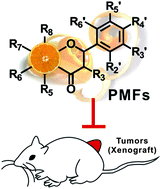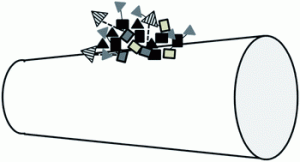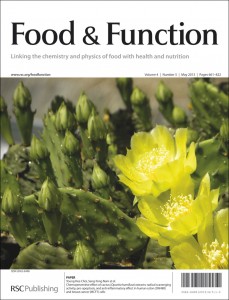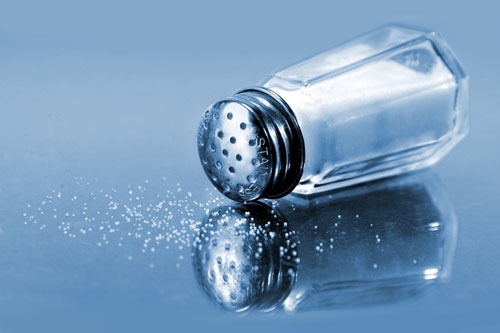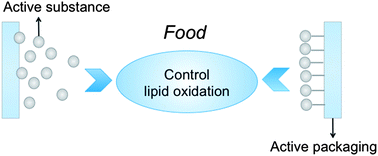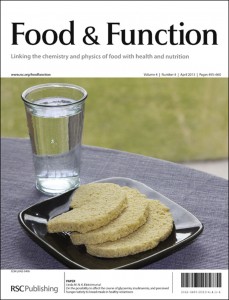For Food & Function, the top 10 most accessed articles in January were as follows:
Hass avocado modulates postprandial vascular reactivity and postprandial inflammatory responses to a hamburger meal in healthy volunteers
Zhaoping Li, Angela Wong, Susanne M. Henning, Yanjun Zhang, Alexis Jones, Alona Zerlin, Gail Thames, Susan Bowerman, Chi-Hong Tseng and David Heber
Food Funct., 2013, 4, 384-391
DOI: 10.1039/C2FO30226H, Paper
Nuts, especially walnuts, have both antioxidant quantity and efficacy and exhibit significant potential health benefits
Joe A. Vinson and Yuxing Cai
Food Funct., 2012, 3, 134-140
DOI: 10.1039/C2FO10152A, Paper
Anti-inflammatory activity of natural dietary flavonoids
Min-Hsiung Pan, Ching-Shu Lai and Chi-Tang Ho
Food Funct., 2010, 1, 15-31
DOI: 10.1039/C0FO00103A, Review Article
Transcription profiles of LPS-stimulated THP-1 monocytes and macrophages: a tool to study inflammation modulating effects of food-derived compounds
Wasaporn Chanput, Jurriaan Mes, Robert A. M. Vreeburg, Huub F. J. Savelkoul and Harry J. Wichers
Food Funct., 2010, 1, 254-261
DOI: 10.1039/C0FO00113A, Paper
Pomegranate: a fruit that ameliorates metabolic syndrome
Svjetlana Medjakovic and Alois Jungbauer
Food Funct., 2013, 4, 19-39
DOI: 10.1039/C2FO30034F, Review Article
Black tea: chemical analysis and stability
Shiming Li, Chih-Yu Lo, Min-Hsiung Pan, Ching-Shu Lai and Chi-Tang Ho
Food Funct., 2013, 4, 10-18
DOI: 10.1039/C2FO30093A, Review Article
Microalgae as human food: chemical and nutritional characteristics of the thermo-acidophilic microalga Galdieria sulphuraria
Giulia Graziani, Simona Schiavo, Maria Adalgisa Nicolai, Silvia Buono, Vincenzo Fogliano, Gabriele Pinto and Antonino Pollio
Food Funct., 2013, 4, 144-152
DOI: 10.1039/C2FO30198A, Paper
Mechanisms and prospects of food protein hydrolysates and peptide-induced hypolipidaemia
Ashton Howard and Chibuike C. Udenigwe
Food Funct., 2013, 4, 40-51
DOI: 10.1039/C2FO30216K, Review Article
Review of in vitro digestion models for rapid screening of emulsion-based systems
David Julian McClements and Yan Li
Food Funct., 2010, 1, 32-59
DOI: 10.1039/C0FO00111B, Review Article
Encapsulation and release of hydrophobic bioactive components in nanoemulsion-based delivery systems: impact of physical form on quercetin bioaccessibility
Hector Pool, Sandra Mendoza, Hang Xiao and David Julian McClements
Food Funct., 2013, 4, 162-174
DOI: 10.1039/C2FO30042G, Paper
Take a look at the articles, and then let us know your thoughts and comments below.
Fancy submitting your own work to Food & Function? You can submit online today, or email us with your ideas and suggestions.
Comments Off on Top 10 most accessed articles in January


